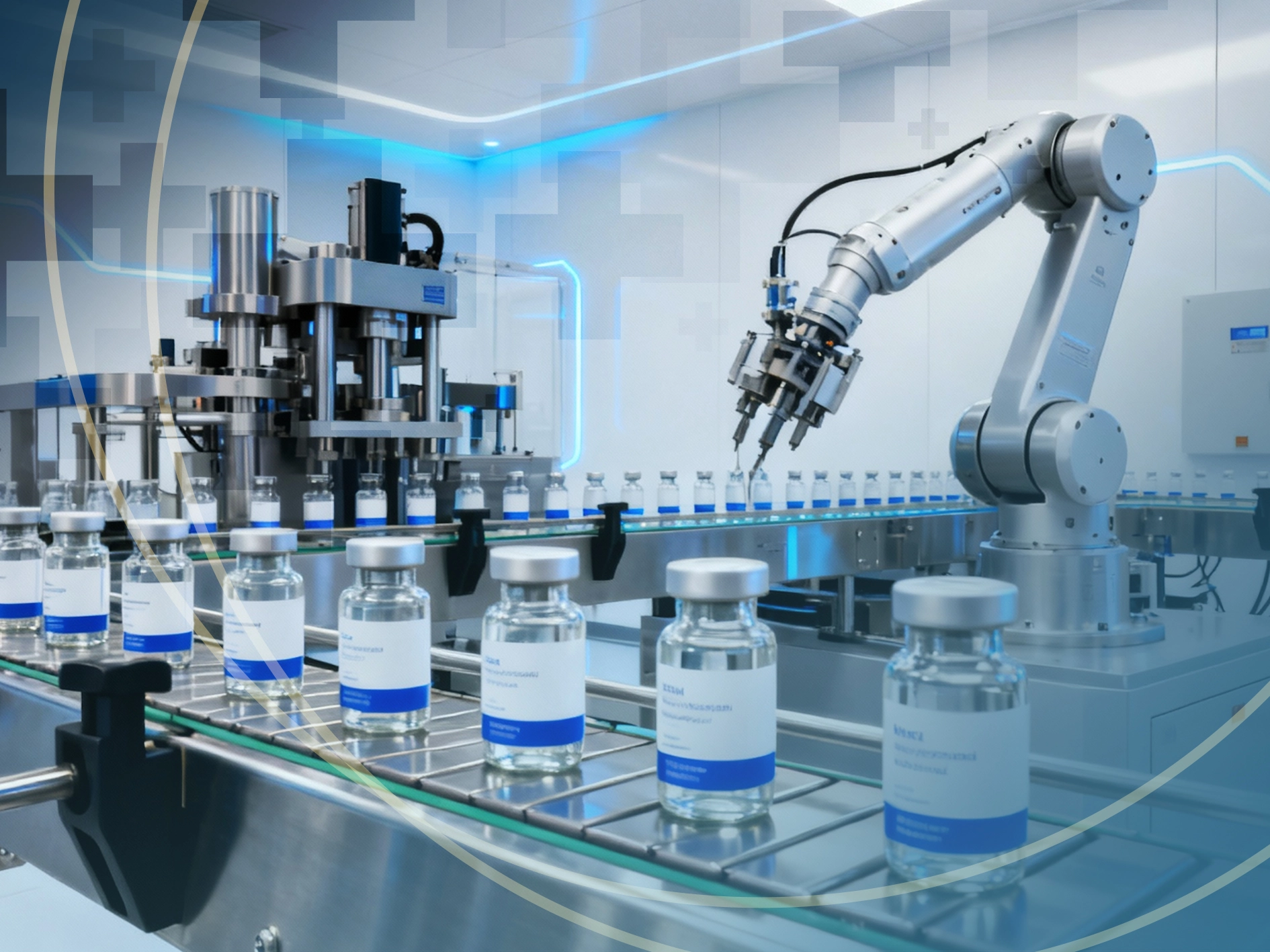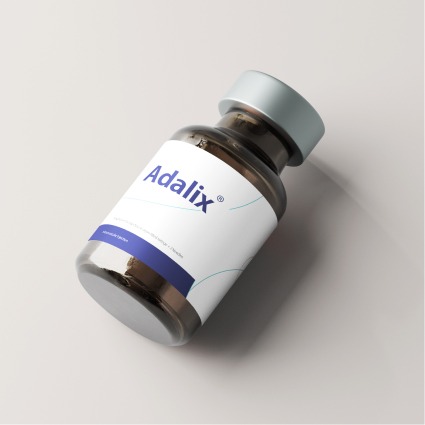What makes Adalimumab such a critical medicine?
Biologics, particularly Adalimumab, have significantly advanced the treatment of chronic and autoimmune diseases. Adalimumab, a widely prescribed therapy for conditions like rheumatoid arthritis, Crohn’s disease, ulcerative colitis, and psoriasis, has been a standout in this revolution.
However, the innovation in biologics, such as Adalimumab, comes with a hefty price tag. The high production costs of these biologics result in expensive treatments for patients and a strain on healthcare systems. As patents expire, biosimilars emerge as a promising solution, offering the potential to make these life-saving medicines more affordable and accessible.
What exactly is a biosimilar, and why does it matter?
A biosimilar is a highly similar version of an already approved biologic drug. It’s not a generic in the traditional sense because biologics are too complex to be copied exactly. Instead, a biosimilar must demonstrate:
- Structural similarity to the reference biologic
- Comparable safety and efficacy
- No clinically meaningful differences in performance
For healthcare systems, biosimilars bring competition and cost savings. For patients, they get greater access to advanced therapies. For the global market, they promise billions in savings over the coming decade.
How does packaging fit into the biosimilar journey?
When people think of a medicine, they picture the vial, syringe, or prefilled pen that holds the drug. This is called primary packaging. But surrounding that is the secondary packaging — the box, carton, leaflet, and labeling that ensure the medicine is transported, stored, and used safely.
Secondary packaging is more than a “box.” It ensures:
- Protection from light, temperature, and moisture
- Compliance with global regulatory standards
- Patient safety through clear instructions and labeling
- Security via serialization and tamper-evident seals
- Sustainability, as the industry seeks greener solutions
Without the proper secondary packaging, even the best biosimilar cannot reach patients safely, underscoring the crucial role of packaging in ensuring patient safety and the high quality of healthcare delivery.
What is our role in the Adalimumab biosimilar project?
We are honored to provide secondary packaging solutions for Adalix, an upcoming Adalimumab biosimilar. While we do not manufacture the medicine itself, our work ensures that it arrives safely, complies with regulations, and is user-friendly for patients and healthcare providers.
Our contribution includes:
- Design and production of cartons, labels, and leaflets
- Integration of serialization and anti-counterfeiting features
- Sustainable material choices that reduce waste
- Compliance checks across multiple markets
This project highlights the crucial role of packaging partners in achieving success with biosimilars.
What challenges exist in packaging biologics, such as Adalimumab?
Packaging for biologics is far more complex than for small-molecule drugs. Some key challenges include:
Light sensitivity
Research shows Adalimumab can undergo structural changes under light exposure, which may affect stability. Packaging must shield the drug from harmful light.
Temperature requirements
Most biologics require cold-chain storage. Secondary packaging must withstand refrigeration without degrading or compromising the product.
Global compliance
Each region has different regulatory and language requirements. Packaging must adapt to these variations while maintaining consistency and reliability.
Counterfeit risks
Because biologics are high-value products, they attract counterfeiters. Packaging must use serialization codes, holograms, or tamper-evident seals to protect patients.
How does innovation improve secondary packaging for biosimilars?
Pharmaceutical packaging is evolving rapidly, striking a balance between safety, efficiency, and sustainability.
Sustainability in focus
We prioritize sustainability in our packaging solutions, utilizing eco-friendly materials, recyclable boards, and minimizing plastic usage to reduce waste and contribute to a healthier planet.
Smart packaging
Digital tools, such as QR codes and mobile apps, are emerging, providing patients with dosing guides, safety tips, and multilingual instructions — all while reducing the need for bulky inserts.
Efficiency and quality control
Modern production lines integrate automated inspection systems to ensure zero errors in labeling and serialization.
By combining sustainability, compliance, and digital tools, packaging becomes a true enabler of healthcare innovation.
How does packaging support patient trust and safety?
Patients rarely think about packaging — until something goes wrong. Incorrect labeling, damaged cartons, or unclear instructions can lead to serious consequences.
That’s why packaging plays a direct role in:
- Preventing medication errors through legibility and clarity
- Ensuring tamper evidence so patients know their medicine is safe
- Protecting product quality so the medicine is as effective on the last day of its shelf life as on the first
For biosimilars, where confidence in equivalence to the original biologic is crucial, packaging plays a vital role in reinforcing trust.
How does our work on Adalix reflect the future of healthcare?
The upcoming launch of Adalix, an Adalimumab biosimilar, shows how every link in the supply chain contributes to healthcare progress. Scientists develop the molecule, regulators ensure safety, and packaging specialists like us guarantee that the product arrives in perfect condition.
By supporting biosimilar projects, we are helping:
- Expand access to affordable care
- Support healthcare systems with cost savings
- Build global confidence in biosimilars
Our role may not be in the spotlight, but it is essential. Packaging is the bridge between innovation in the lab and healing in the patient’s hands.
What does the future hold for biosimilar packaging?
As biosimilars expand globally, demand for advanced secondary packaging is expected to grow. We see three major trends shaping the future:
- Greater sustainability – Pressure to reduce environmental impact will push innovation in recyclable and biodegradable materials.
- Digital-first communication – More patient information will move from paper inserts to digital platforms.
- Global harmonization – Regulatory alignment will help streamline packaging design across multiple markets.
Our work on Adalix is only the beginning. We are committed to staying ahead of these trends and continuing to support biosimilars worldwide.
For more information about pharmaceutical products and services, visit Opal Bio Pharma.
Final thoughts: Why is secondary packaging more important than ever?
Secondary packaging is not just a finishing step — it is a critical part of the biosimilar value chain. Without it, medicines cannot be safely distributed, patients cannot use them with confidence, and regulators cannot approve them.
By contributing to Adalix, we are not only packaging a product — we are packaging the future of healthcare access.

